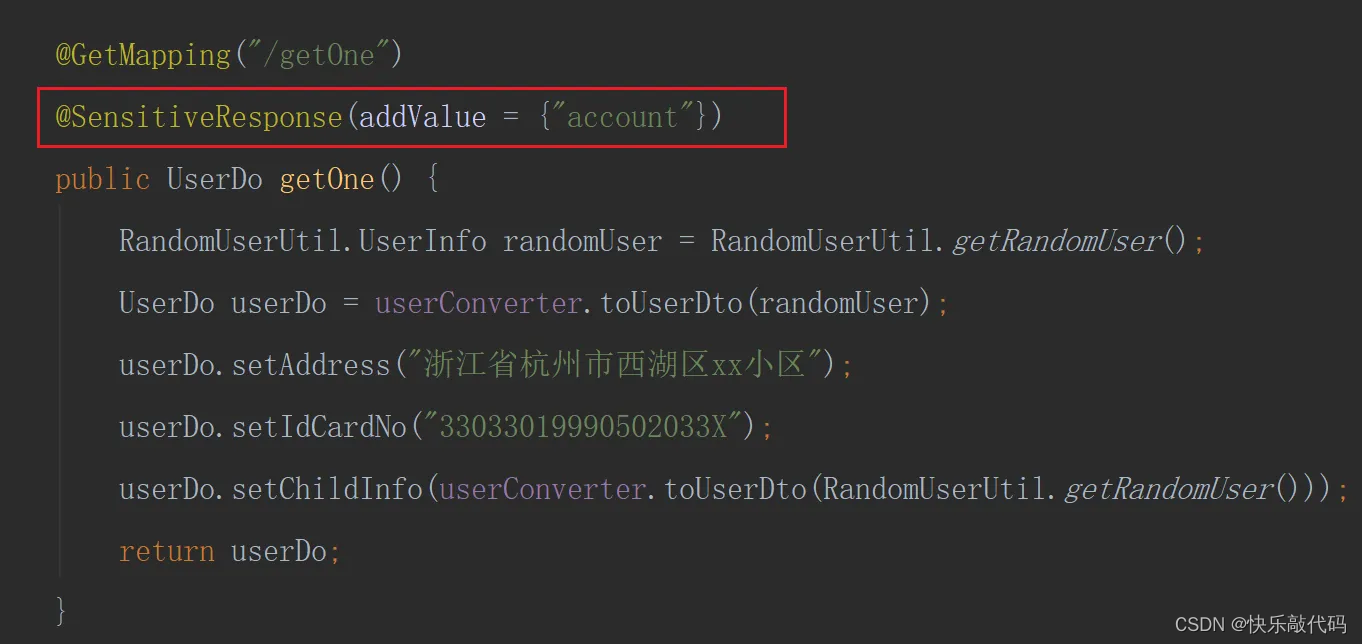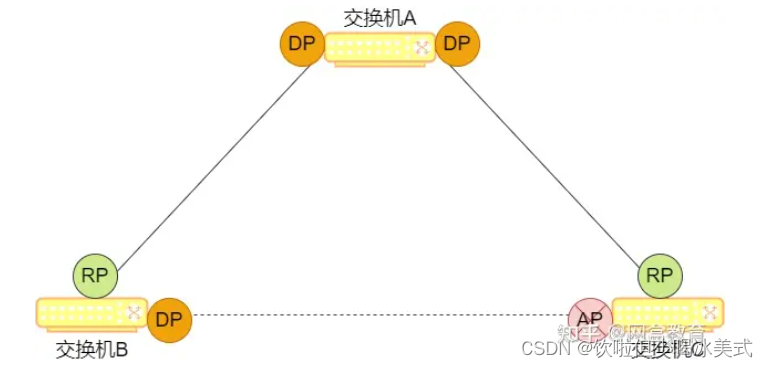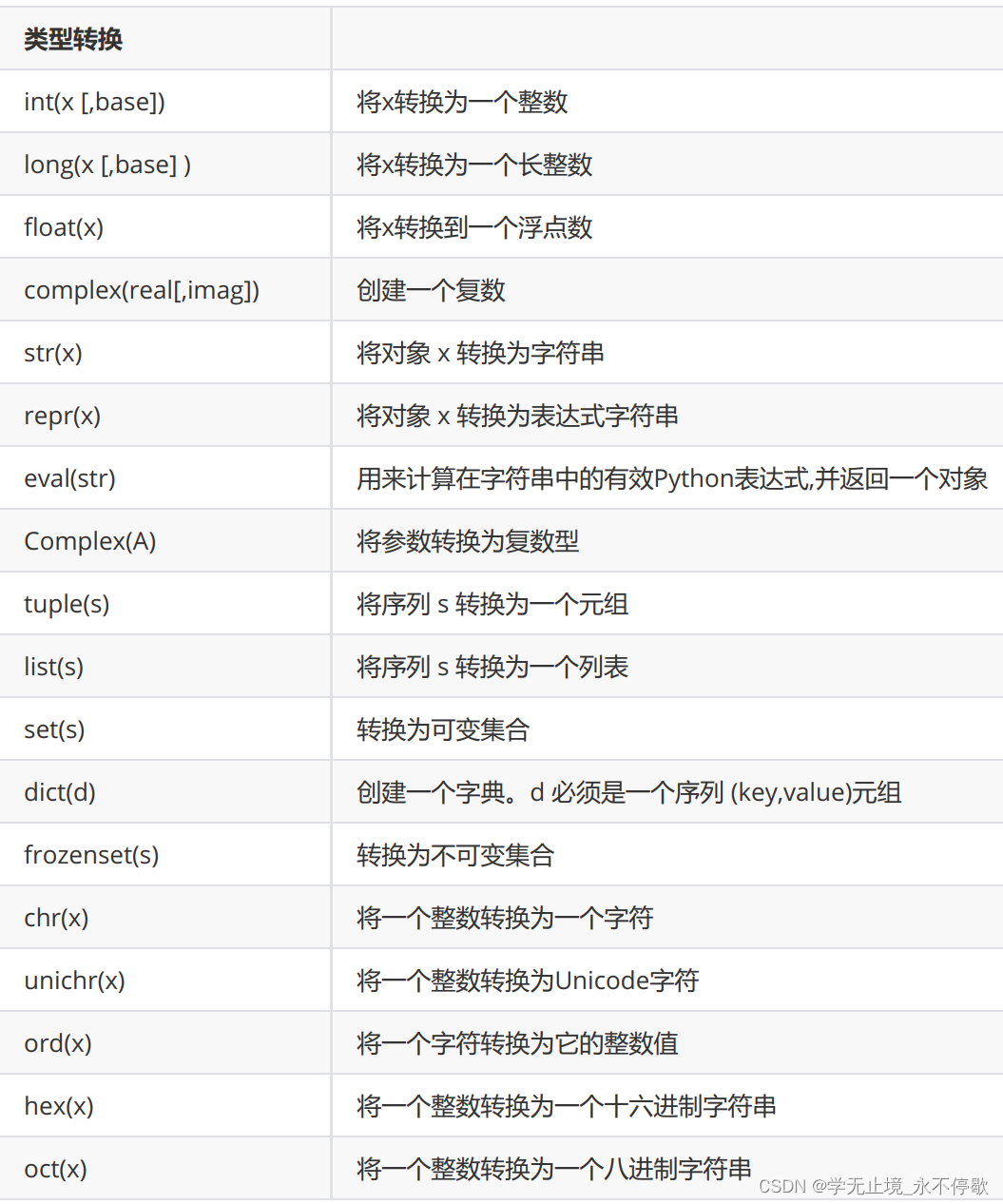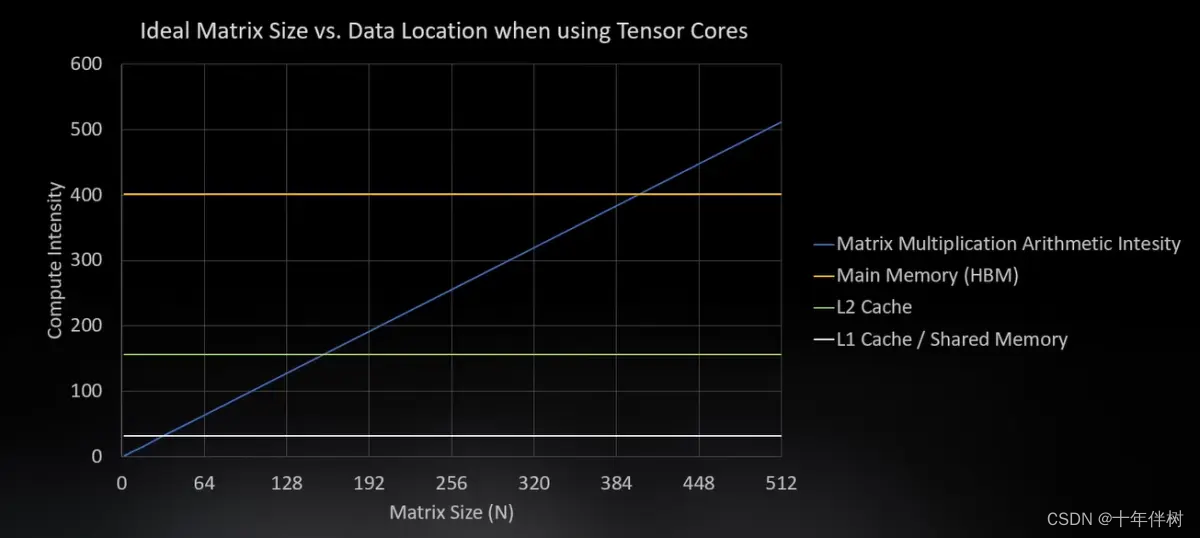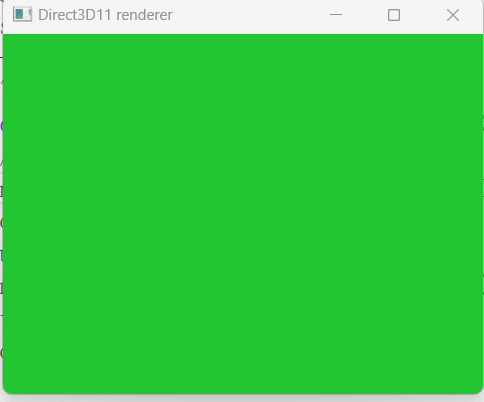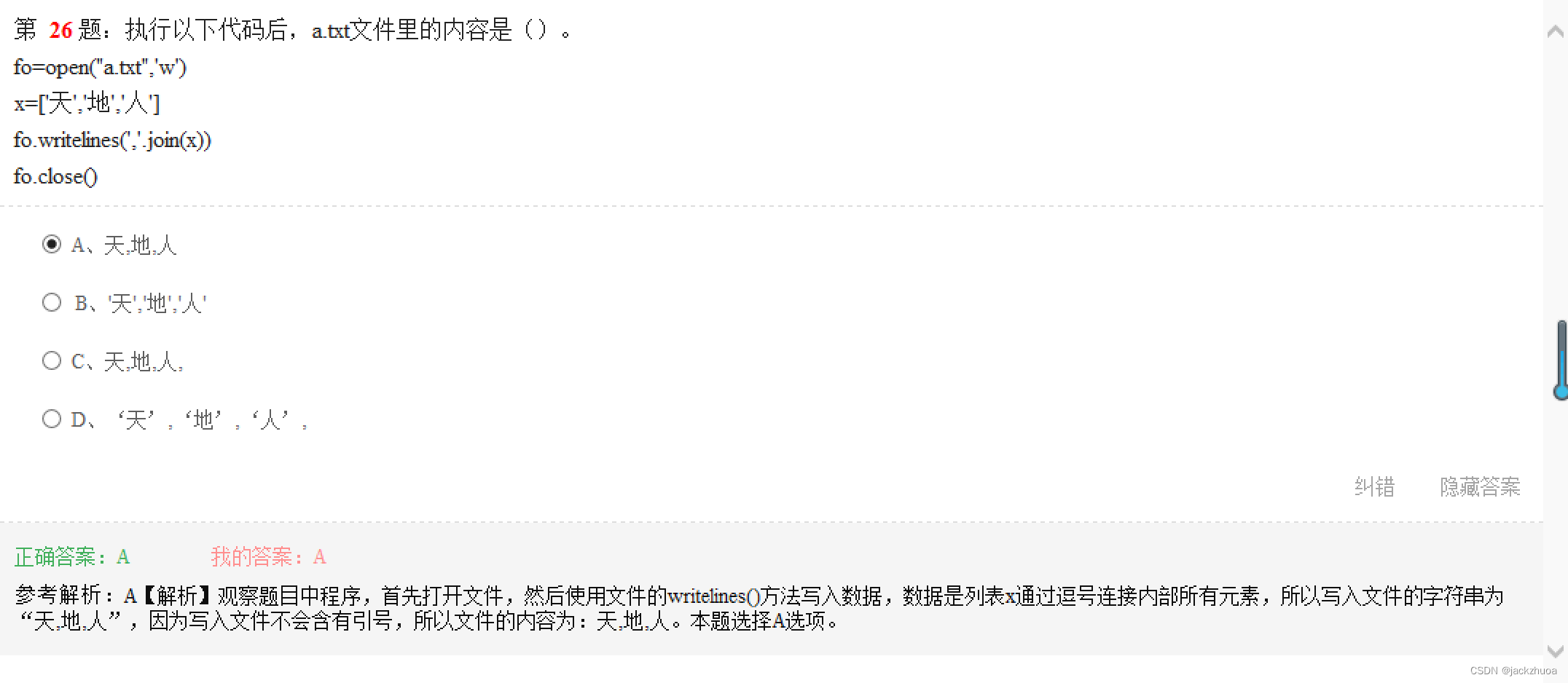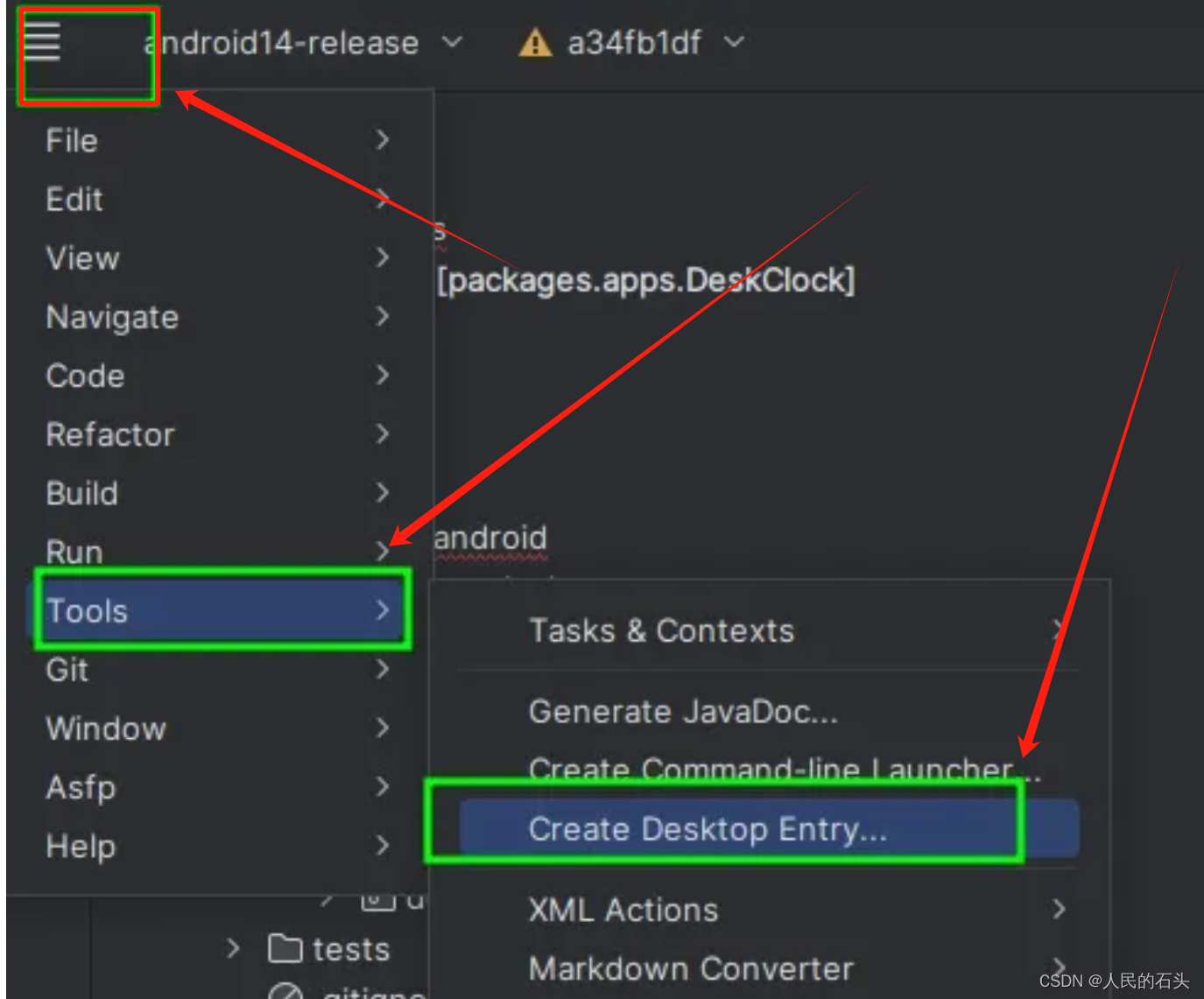从FasterTransformer源码解读开始了解大模型(2.0)代码解读02-初始化和forward
写在前面的话
本篇的内容主要是介绍ParallelGpt.cc中的代码内容,首先介绍一些初始化和工具函数,然后会从forward主函数开始介绍一部分。
零、初始化initialize和allocateBuffer
打开src/fastertransformer/models/multi_gpu_gpt/ParallelGpt.cc文件,这里是GPT的真正的处理推理请求的功能函数。在这个文件的fastertransformer namespace中,第一个函数是用于做一些初始化的函数initialize,从31到87行,主要是创建了三个对象,gpt_context_decoder是用于做ContextDecoder或者说Encoder部分的,gpt_decoder是用于做Decoder的,而进行采样和结果生成的是DynamicDecodeLayer部分。这三个部分我们会在后续的代码解读中展开说明。
第95行到202行是allocateBuffer函数,在每次处理一个推理请求时,都会使用allocateBuffer进行显存的分配和内存的分配。这里挑出几个比较有特点的buffer进行简单讲解。
在109行,计算了一个变量为self_cache_size,大小是*(num_layer / pipeline_para_.world_size) * batchxbeam * memory_len * hidden_units_ / tensor_para.world_size_,这个实际上就是计算KV Cache的大小。而134和135行就用该数值的大小进行了KV Cache的分配。
const size_t self_cache_size =
(num_layer_ / pipeline_para_.world_size_) * batchxbeam * memory_len * hidden_units_ / tensor_para_.world_size_;
llm小知识-KV Cache:我们知道,在Attention注意力得分的计算过程中,对于当前的token i,需要先计算出查询结果Qi,Ki和Vi,然后使用Qi与token i 之前的所有token的K结果和V结果来进行注意力得分计算,就是拿Qi与所有的K(0-i)点积求和,再与V(0-i)进行加权求和,最终求得Attention注意力得分。那么在这个过程中,可以通过将之前所有计算过的Ki和Vi进行存储的方式,来减少计算量(用显存空间换时间),那么这部分用于存储KV的就是KVCache。目前有一些量化算法也会关注于KV的量化以减少存储空间
在163行的context_decoder_input_buf_,这块buff被分配的大小为sizeof(T) * batchxbeam * max_input_len * hidden_units,这块buff大小为每一个输入token的大小乘以隐藏状态的大小,同样大小的buff还有context_decoder_output_buf,context_decoder_normed_input_buf等,这个大小是在ContextDecoder进行计算流程时真正的隐藏状态的大小(可以参考前几章中的decoder-only模型结构)所以会多次出现。
context_decoder_input_buf_ = (T*)(allocator_->reMalloc(
context_decoder_input_buf_, sizeof(T) * batchxbeam * max_input_len * hidden_units_, false));
类似的还有120行的decoder_input_buf变量,大小为sizeof(T) * batchxbeam * hidden_units,相比较之下少了一个max_input_len大小维度,由于Decoder每一步只生成一个token所以相当于长度始终为1,少了一个输入长度的维度。与decoder_input_buf大小相同的还有decoder_normed_input_buf,decoder_output_buf等等。
decoder_input_buf_ = (T*)(allocator_->reMalloc(decoder_input_buf_, sizeof(T) * batchxbeam * hidden_units_, false));
decoder_normed_input_buf_ =
(T*)(allocator_->reMalloc(decoder_normed_input_buf_, sizeof(T) * batchxbeam * hidden_units_, false));
decoder_output_buf_ =
(T*)(allocator_->reMalloc(decoder_output_buf_, sizeof(T) * batchxbeam * hidden_units_, false));
在204到271行,是与allocateBuffer对应的freeBuffer函数,对指针中分配了的空间进行释放,这一段没有特别值得讲解的地方。
一、forward函数-起始检查
在ParallelGpt.cc文件中拥有两个forward函数,我们主要看574行开始的forward函数。
进入forward函数后,首先通过FT_CHECK的多个宏定义检查了输入tensor的数量以及对几个比较重要的输入tensor进行了输入形状检查。
FT_CHECK_WITH_INFO(input_tensors->size() >= 3, "input_tensors->size() >= 3");
FT_CHECK_WITH_INFO(output_tensors->size() >= 2, "output_tensors->size() >= 2");
FT_CHECK(input_tensors->at("input_ids").shape.size() == 2);
FT_CHECK(input_tensors->at("input_lengths").shape.size() == 1);
FT_CHECK(input_tensors->find("output_seq_len") != input_tensors->end()
&& input_tensors->at("output_seq_len").shape.size() == 1);
FT_CHECK(output_tensors->at("output_ids").shape.size() == 3);
FT_CHECK(output_tensors->at("sequence_length").shape.size() == 2);
FT_CHECK_WITH_INFO(input_tensors->at("input_ids").shape[0] == output_tensors->at("output_ids").shape[0],
"input_tensors->at(\"input_ids\").shape[0] == output_tensors->at(\"output_ids\").shape[0]");
// Used when inputs do not contain random_seed
const size_t batch_size = output_tensors->at("output_ids").shape[0];
const size_t beam_width = output_tensors->at("output_ids").shape[1];
FT_CHECK_WITH_INFO(output_tensors->count("cum_log_probs") == 0
|| output_tensors->at("cum_log_probs").size() == batch_size * beam_width,
"The shape of cum_log_probs should match with batch_size x beam_width if provided.");
对于输入input_tensors来说,必须要有input_ids,input_lengths,output_seq_len这三个必备的输入,而对于output_tensors来说,则必须要有output_ids和sequence_length这两个必备的输出。这几个tensor的含义和形状如下所示(B指的是batch size,S指的是Sequence length, bz指的是beam width)
| tensor名称 | 形状 | 含义 |
|---|---|---|
| input_ids | B x S | 需要推理的所有token ids,总共batch size个句子 |
| input_lengths | B | 长度为batch size的数组,每个位置标记着对应位置的token ids长度为多少 |
| output_seq_len | B | 长度为batch size的数组,每个位置标记着对应位置句子的输入最长到多少 |
| output_ids | B x bw x S | 推理完成的所有token ids,总共batch size个句子 |
| sequence_length | B x bw | 推理完成后所有句子的长度,每个位置标记着对应位置的句子长度 |
llm小知识-batch size:大部分的推理引擎都会将多个请求(可能每个请求只包含一个句子)打包为一个batch来进行推理,在推理过程中同一batch的句子之间是完全可以做到互不干扰的,打batch的一个非常明显的优点是可以充分发挥硬件的算力,同时处理多个请求。另外需要注意的一点是,在batch中,可能会出现长短不一的情况,这个时候是需要在短的句子后面做padding的,这一步往往是会在客户端或者server侧前端就完成好,在推理侧拿到的数据往往是已经做好padding的
如图是一个batch_size为4的推理请求,其中除了最长的句子以外其他的句子都做了padding

完成了输入形状的检查之后,根据不同的输出要求,还需要对cum_log_probs的tensor进行检查。这一步是对完成推理后是否要返回生成的logits进行开关设置检查。
在645行可以看见,max_input_length的设置是取出input_ids的第二个维度长度,这也是建立在短的输入是做了padding的基础认知之上的。
在647行可以看见,这里对continue gen进行了一个取出,这个参数是用于控制是否进行多轮持续生成的,但实际使用情况中并不会经常使用到continues gen,会对整体的推理服务使用产生较多的限制。
下一回预告
下一回继续讲解forward函数中的多个步骤,在代码解读中会跳过一些不常用的和并不是很重要的参数,按照顺序对比较重要的部分进行分析


